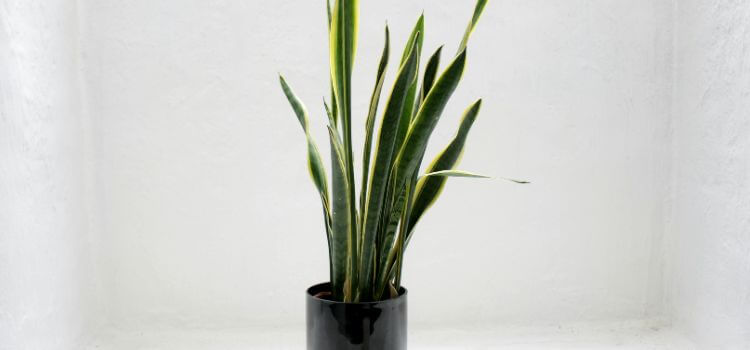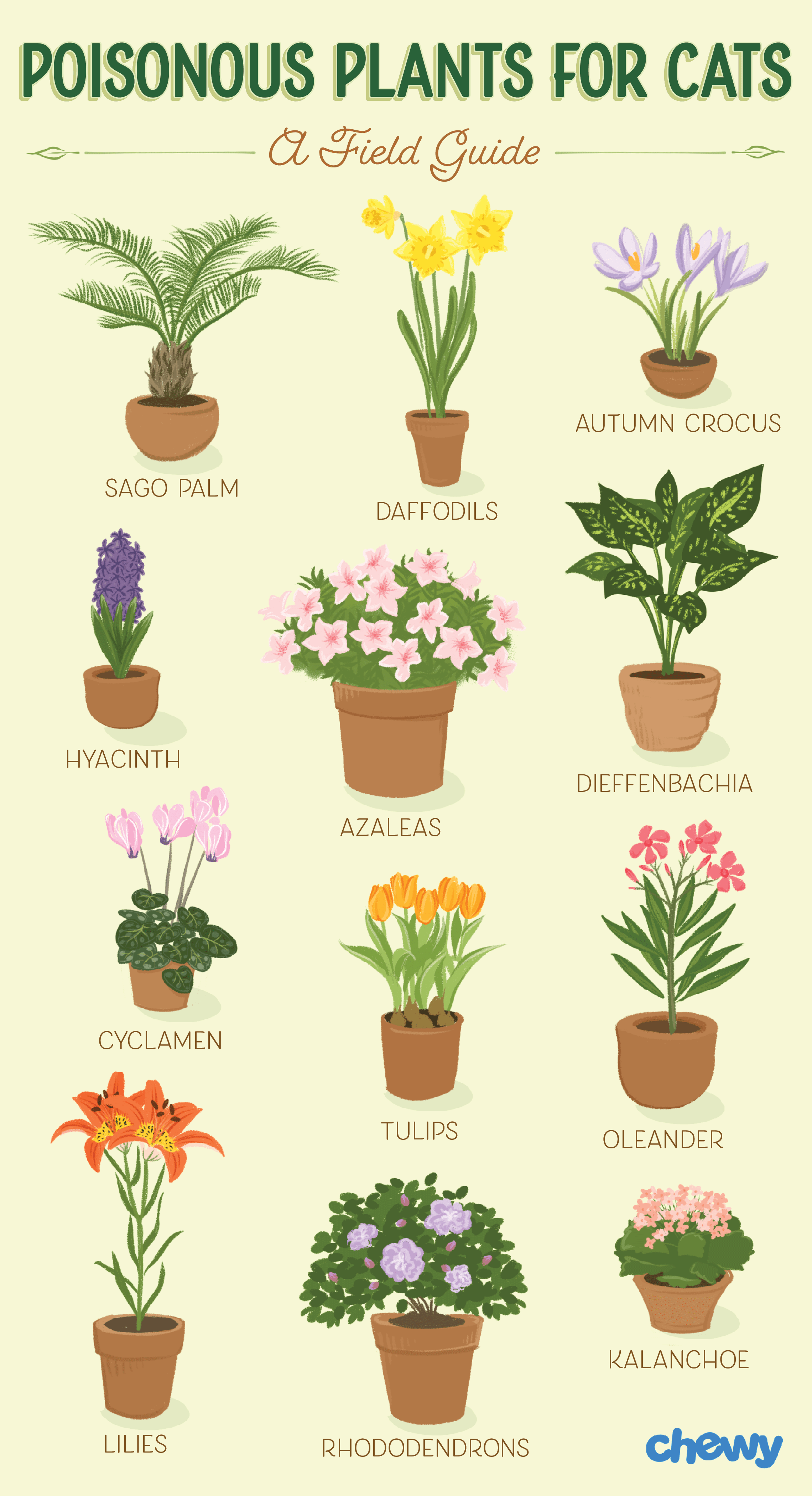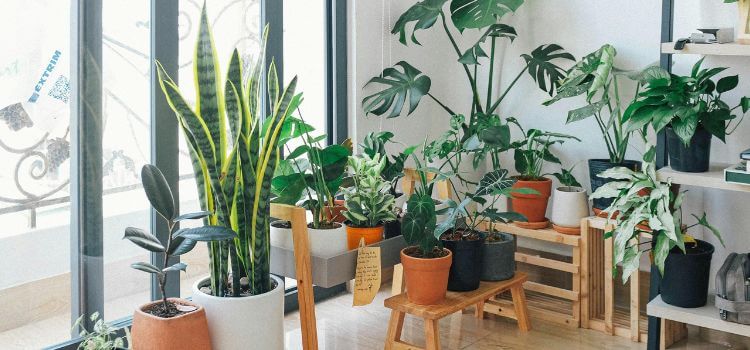As an Amazon Associate, I earn from qualifying purchases.
Spider plants, Boston ferns, and Areca palms thrive in low light and are safe for cats. These plants create a pet-friendly home.
Indoor plants add beauty and improve air quality, but cat owners must choose non-toxic varieties. Low-light plants like spider plants, Boston ferns, and Areca palms flourish in dim conditions and are cat-safe. Spider plants are known for their resilience and air-purifying qualities.
Boston ferns add lush greenery without harming curious pets. Areca palms bring a tropical vibe and are non-toxic to cats. Selecting these plants ensures a harmonious coexistence between your furry friends and indoor greenery, enhancing your living space while maintaining pet safety.
Best Low Light Plants
Indoor plants bring life and beauty to homes. Yet, not all plants thrive in low light. Some can even harm pets, especially cats. This blog highlights low-light indoor plants that are safe for cats. Let’s explore some of the best options available.
Snake Plant
Snake plants are perfect for low-light areas. They are resilient and easy to care for, and they can survive with minimal light and water. Snake plants also help purify the air indoors.

Snake plants are safe for cats. This makes them an excellent choice for pet owners. Here are some critical points about snake plants:
- Low light tolerance
- Minimal water needs
- Air-purifying qualities
- Safe for cats
Place the snake plant in a shaded corner. Water it only when the soil is dry. This plant can thrive with little attention. Enjoy the benefits of a lush, green plant without worrying about your feline friend.
Pothos
Pothos is another excellent choice for low-light areas. This plant has heart-shaped leaves and can grow quickly. It is easy to care for and can adapt to various conditions.
Pothos is safe for cats, making it a pet-friendly option. Here are some critical points about pothos:
- Adapts to low light
- Fast-growing
- Easy to maintain
- Safe for cats
Place the pothos plant in a low-light spot and water it when the soil starts to dry out. This plant can trail down or climb up, adding charm to any room. Enjoy the lush greenery while keeping your cat safe.
Cat-friendly Choices
Finding the right indoor plants can be tricky for cat owners. Some plants are toxic to cats, while others are safe. Low-light indoor plants are great because they need less sunlight. Here are some cat-friendly choices that thrive in low light.
Spider Plant
Spider plants are excellent for homes with cats. They are non-toxic and safe if a cat chews on them. Spider plants are also easy to grow and care for. They thrive in low light and need little water. These plants also help to clean the air.
Here are some benefits of spider plants:
- Non-toxic to cats
- Easy to care for
- Thrives in low light
- Helps clean the air
Spider plants are also very versatile. They can be placed in hanging baskets or pots. Their long, arching leaves make them a beautiful addition to any room. These plants also produce small white flowers. The flowers turn into baby spider plants, which can be replanted, making it easy to grow more plants from one.
Boston Fern
Boston ferns are another excellent option for cat owners. They are safe for cats and do well in low light. Boston ferns need a bit more humidity than spider plants. A bathroom or kitchen can be a good spot for them. These plants have lush, green fronds that look beautiful.
Benefits of Boston ferns include:
- Safe for cats
- Lush and green fronds
- Works well in humid areas
To care for a Boston fern, keep the soil moist and mist the leaves regularly to keep them healthy. These plants can also help improve indoor air quality. Boston ferns are perfect for creating a green, fresh look in your home. They add a touch of nature to any space.
Maintenance Tips
Introducing low-light indoor plants that are safe for cats is a great idea. These plants add beauty and fresh air to your home, and they are safe for your furry friends. Caring for these plants is easy with some simple tips.
Watering Schedule
Watering indoor plants can be tricky. Too much water can harm the plants. More water can make them dry. Follow these tips to keep your plants happy:
- Check the soil moisture before watering.
- Water the plants only when the top inch of soil is dry.
- Use room temperature water for best results.
- Ensure pots have drainage holes to avoid waterlogging.
- Water less during winter months.
Some plants need more water than others. Here is a simple table to help you with different plants:
| Plant Name | Watering Frequency |
|---|---|
| Spider Plant | Once a week |
| Boston Fern | Twice a week |
| Parlor Palm | Once every two weeks |
Remember, overwatering is the most common mistake. Always let the soil dry out a bit before the next watering.
Soil Requirements
Choosing the right soil is very important for your indoor plants. The soil needs to support the plant’s roots and provide nutrients. Here are some tips for selecting the best soil:
- Use well-draining potting mix.
- Avoid garden soil, as it can be too heavy.
- Mix in perlite or sand to improve drainage.
- Add organic matter like peat moss for better nutrient content.
- Consider using soil mixes designed for indoor plants.
Different plants have different soil needs. Here is a table to guide you:
| Plant Name | Soil Type |
|---|---|
| Spider Plant | Light, well-draining soil |
| Boston Fern | Moist, rich soil |
| Parlor Palm | Peat-based soil |
Good soil helps plants grow strong and healthy. Always check the specific needs of each plant to provide the best care.
Benefits For Cats
Many homes have low light areas. Finding plants that thrive in these conditions can be a challenge. The task becomes more complex when you also have cats. Some plants are toxic to felines, which poses a risk. Fortunately, there are low light indoor plants safe for cats. These plants not only beautify your home but also offer various benefits for your furry friends.
Air Quality Improvement
Low light indoor plants can improve the air quality in your home. Cleaner air means better health for both you and your cats. These plants absorb carbon dioxide and release oxygen. This process helps to purify the air. Some plants are especially good at this.
Here are a few examples:
- Spider Plant: Known for its air-purifying qualities.
- Bamboo Palm: Adds moisture to the air and removes toxins.
- Areca Palm: Filters out harmful chemicals like formaldehyde.
Improved air quality can reduce respiratory issues. Cats can also suffer from poor air quality. Cleaner air helps them stay healthy. These plants are a safe choice for homes with cats. They do not pose a risk of toxicity.
Stress Reduction
Plants can reduce stress levels in both humans and animals. A home with greenery feels more peaceful. This can have a calming effect on your cats. Stress reduction is important for their overall health. Stress can cause various health issues in cats. Low light indoor plants create a serene environment. This can help your cats feel more at ease.
Consider these plants for stress reduction:
- Boston Fern: Adds a touch of nature and calms the mind.
- Calathea: Its patterned leaves are soothing to look at.
- Parlor Palm: Soft fronds create a tranquil atmosphere.
These plants are safe for cats. They do not have any toxic effects. Having such plants around can make your home a happier place. Your cats will benefit from the reduced stress and improved mood.
Common Myths
Many people love houseplants. They make homes feel fresh and lively. But cat owners worry about plants hurting their pets. Some plants are toxic to cats. This blog will clear up myths. Learn which plants are safe for your furry friends.
All Plants Are Toxic
People often believe all plants are bad for cats. This is not true. Some plants are safe and even good for homes with cats. Here are a few examples:
- Spider Plant
- Boston Fern
- Areca Palm
These plants do not harm cats. They also thrive in low light. Look for these plants if you want greenery at home.
Some common plants are toxic. Lilies, philodendrons, and sago palms can make cats sick. Always check plant safety before buying. But not all plants are dangerous. Many are cat-friendly and safe.
Only Fake Plants Are Safe
Some people think only fake plants are safe for cats. This is not true. Real plants can be safe and add life to your home. Fake plants may collect dust. They do not clean the air like real plants do.
Real plants offer benefits:
- Clean the air
- Reduce stress
- Beautify your space
Choose safe plants for cats and enjoy these benefits. Here are some safe choices:
| Plant Name | Light Needs |
|---|---|
| Spider Plant | Low to medium |
| Boston Fern | Low to medium |
| Areca Palm | Low to medium |
Real plants are safe if you choose wisely. Fake plants are not the only option. Your cat and home can be happy with the right plants.

Credit: www.swiftfit.net
Signs Of Toxicity
Low light indoor plants can brighten up any home. Pet owners want to ensure their plants are safe for cats. Some plants can be toxic to our furry friends. Knowing the signs of toxicity can help protect your cat. Common signs include vomiting and lethargy. Understanding these signs can help you act quickly.
Vomiting
Vomiting is a clear sign of plant toxicity. Cats may vomit after eating toxic plants. Sometimes, vomiting is frequent and severe. It can lead to dehydration. Here are some key points to note:
- Cats may vomit soon after eating a toxic plant.
- Frequent vomiting can cause weakness.
- Dehydration is a serious risk.
Keep an eye on your cat’s behavior. If your cat is vomiting, it may need help. Contact your vet right away. Quick action can prevent serious health issues. Hydration is also important. Ensure your cat drinks water.
Lethargy
Lethargy is another sign of plant toxicity. A lethargic cat may seem very tired. It may not want to play or eat. Here are some important signs of lethargy:
- Your cat sleeps more than usual.
- It shows little interest in its favorite toys.
- Your cat might not eat its food.
Pay close attention to these signs. A lethargic cat needs immediate care. Call your vet to discuss the symptoms. Your vet can guide you on the next steps. Ensuring your cat’s safety is essential.
Creating Safe Spaces
Low light indoor plants can bring life to your home. These plants are perfect for spaces with limited sunlight. But, if you have cats, you need to be careful. Some plants can be toxic to our furry friends. Creating safe spaces with non-toxic plants is essential. This ensures both a beautiful home and a safe environment for your pets.
Plant Placement
Choosing the right spot for your plants is very important. Low light plants need less sunlight, so they are flexible. You can place them in various parts of your home. But, always think about your cat’s behavior. Cats love to climb and explore. Placing plants on high shelves or in hanging baskets can keep them out of reach.
- Use wall-mounted planters.
- Choose tall plant stands.
- Place plants in rooms with doors to limit access.
It’s also good to use sturdy pots. Cats can easily knock over lightweight pots. Heavy, stable pots are less likely to tip over. This keeps both the plant and your cat safe. Another idea is to use decorative barriers. These can be both stylish and functional.
Cat-proofing Tips
Keeping plants safe from cats requires some creativity. You can use natural deterrents to keep cats away from plants. Cats dislike certain smells. Citrus peels, coffee grounds, or pine cones can be placed around the base of plants. These smells are not harmful but can deter cats.
Another option is to provide your cat with alternative distractions. Cat grass or catnip plants can be a good idea. These plants are safe and enjoyable for cats. Creating a designated play area with toys and scratching posts can also help. Cats will be less interested in your other plants if they have their own space.
- Use double-sided tape on plant pots. Cats dislike the sticky feeling.
- Try motion-activated spray bottles. These can deter cats from approaching plants.
- Provide plenty of cat-friendly alternatives.
Combining these tips will help create a harmonious home. Your plants and cats can coexist safely. Always monitor your cat’s behavior and adjust as needed.
Local Plant Shops
Finding the perfect indoor plants can be challenging, especially if you have cats. Cats love to nibble on leaves, and some plants can be toxic to them. Luckily, there are many low light indoor plants that are safe for cats. These plants thrive in minimal light and won’t harm your furry friends. Plus, they add a touch of green to your home. Supporting local plant shops can help you find these cat-safe options while boosting your community.
Where To Buy
Local plant shops are fantastic places to find low light indoor plants safe for cats. These shops often carry a wide variety of plants and offer expert advice. Here are some tips on where to buy these plants:
- Visit local garden centers. They usually have knowledgeable staff who can help you choose cat-safe plants.
- Check out farmers’ markets. Many local vendors sell houseplants, and you can ask about their cat-safety.
- Look for small, independent nurseries. These shops often have unique plant varieties and personalized service.
Another option is to explore plant shops that specialize in indoor plants. These shops focus on houseplants and often have a better selection of low light options. Many of these stores also have online shops, making it easy to browse and order from home. Here are a few popular choices:
| Shop Name | Location | Specialty |
|---|---|---|
| Green Thumb Nursery | Downtown | Indoor Plants |
| Plant Haven | Uptown | Low Light Plants |
| Cat-Safe Flora | Midtown | Pet-Friendly Plants |
Supporting Local Businesses
Buying from local plant shops not only helps you find safe plants for your cats, but it also supports your community. Local businesses often provide better customer service and a more personal touch. Here are some reasons to support local plant shops:
- They contribute to the local economy. Money spent at local shops stays within the community.
- Local shops often offer unique and rare plant varieties. This means you can find something special for your home.
- Owners and staff usually have a passion for plants. They can offer valuable advice and tips on plant care.
Supporting local businesses helps create jobs and keeps your community vibrant. Local plant shops often host events and workshops, offering opportunities to learn about plant care and meet other plant enthusiasts. Building a relationship with your local plant shop can lead to personalized recommendations and special deals. So, next time you look for low light indoor plants safe for cats, consider visiting a local shop. Your cats and your community will thank you!

Credit: mygreenscape.ca
Frequently Asked Questions On Low Light Indoor Plants Safe for Cats
What Are The Best Low Light Indoor Plants For Cats?
Some of the best low light indoor plants safe for cats include Spider Plant, Boston Fern, and Areca Palm. These plants thrive in low light conditions and are non-toxic to cats, ensuring a safe environment for your feline friends.
Can Indoor Plants Be Both Low Light And Cat-safe?
Yes, many indoor plants can thrive in low light and are safe for cats. Examples include the Spider Plant, which is resilient in low light, and the Boston Fern, both of which are non-toxic to cats.
Are Spider Plants Safe For Cats?
Yes, Spider Plants are safe for cats. They are non-toxic and can thrive in low light conditions, making them an excellent choice for cat owners looking for indoor greenery.
Is Boston Fern A Low Light Plant Safe For Cats?
Yes, Boston Ferns are both low light plants and safe for cats. They are non-toxic and can thrive without direct sunlight, making them a great indoor plant option.
Conclusion
Choosing low light indoor plants safe for cats ensures a beautiful and pet-friendly home. These plants thrive in minimal light and are non-toxic. Your feline friends will remain healthy while your space stays green. Consider adding these cat-safe plants to your collection for a harmonious living environment.
Happy decorating!

